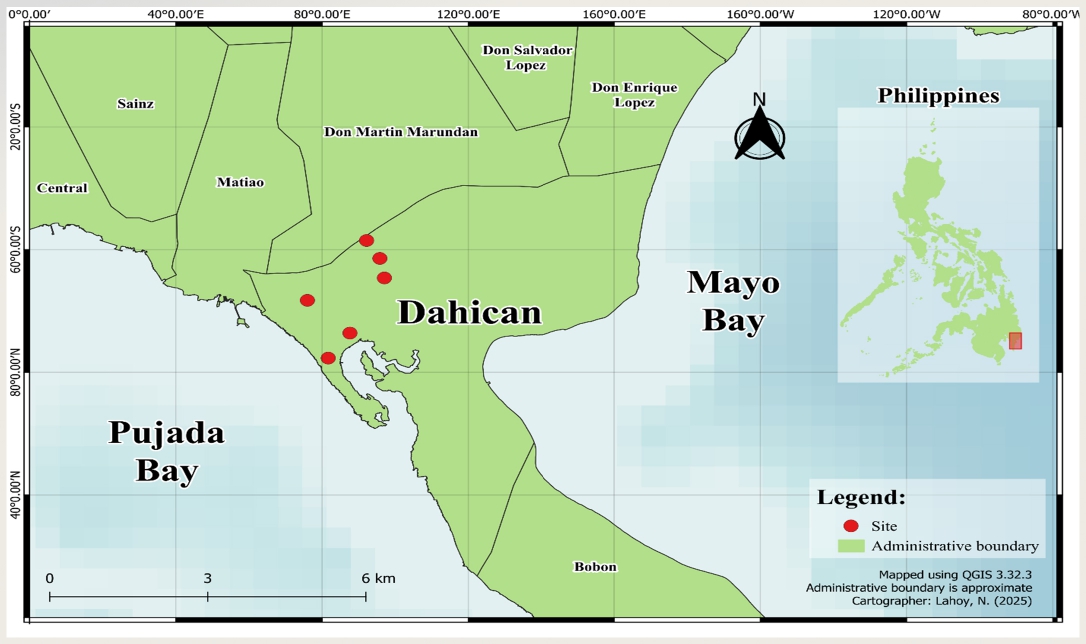Community Preferences for a Pay-As-You-Throw Scheme in Dahican, Mati City, Philippines
DOI:
https://doi.org/10.59120/drj.v16i2.362Keywords:
Economic incentives, Pay-As-You-Throw (PAYT), polluter-pays principle, responsible behavior, solid waste management (SWM)Abstract
Solid waste has rapidly and continuously accumulated due to human activities and lack of proper management. The Pay-As-You-Throw (PAYT) scheme is based on the polluter-pays principle as a technical solution for economic incentives for waste generation. The study determined household level of awareness and practices on Solid Waste Management (SWM) and its community-preferred SWM services in Dahican, Mati, Philippines. To investigate, adopted questionnaires were employed, and a face-to-face survey was conducted in households in Dahican. It was revealed that households were highly aware practice of SWM. In particular, the household was very highly aware of the policies and guidelines of SWM (x̅=4.29) and always practices proper disposal (x̅=4.65). Additionally, households marginally preferred PAYT service with an attribute that waste is placed at the curbside where it is collected twice a week by the municipal workers, with garbage trucks, that waste segregation is not required, with a payment of ₱80 (or ₱20 per week) to the barangay treasurer. It was noted that there was no significant difference in the level of awareness and practice of SWM according to age bracket, gender, household size, and monthly income. Moreover, community preferences for the PAYT scheme remain uncertain and not feasible. To note, community engagement and education, and regular monitoring of barangay-based SWM are necessary, due to respondents’ limited awareness of their role in SWM and often a practice of proper reusing, segregation, and recycling.
Downloads

Downloads
Published
Issue
Section
License
Copyright (c) 2025 Nemore M. Lahoy, France Guillian B. Rapiz

This work is licensed under a Creative Commons Attribution-NonCommercial 4.0 International License.
DRJ is an open-access journal and the article's license is CC-BY-NC. This license allows others to distribute, remix, tweak, and build on the author's work, as long as they give credit to the original work. Authors retain the copyright and grant the journal/publisher non-exclusive publishing rights with the work simultaneously licensed under a https://creativecommons.org/licenses/by-nc/4.0/.









